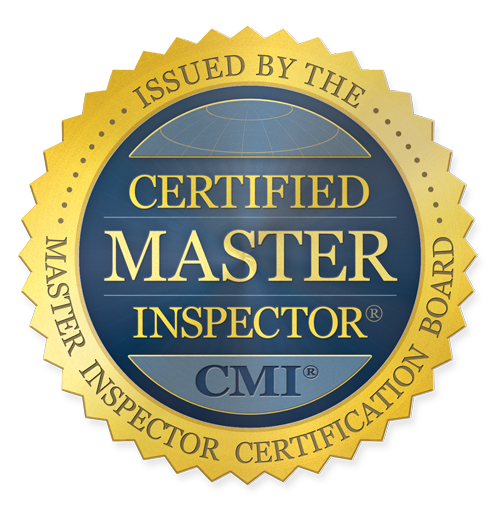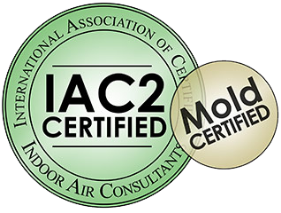The shape of your roof can have a huge impact on how well your home holds up against high wind. It’s also where you’re likely to see the most savings with a wind mitigation inspection. A hip roof (a roof sloped on all sides) will benefit you the most, with savings of up to 47% on your homeowner’s insurance.
A flat roof, on the other hand, does almost nothing to protect against high winds. In fact, a roof that is flat on some sides can create a sort of “wind tunnel” effect, making wind damage more likely. For that reason, insurance providers typically look down on flat roofs but remember that a wind mitigation inspection can only save you money. Your insurers can’t penalize you even if the inspector finds that your roof is vulnerable to wind.
Roof Covering
The roof covering is essentially the material your roofing is made of. The most common roofing materials are asphalt shingles, concrete/clay tiles, and metal. The strongest roofs are generally made of concrete or metal, and you can expect to see the most savings there. Other types of roofing may not qualify for savings, especially if they are in poor condition.
Roof-to-wall Connections
This is just how well your roof is attached to your walls. If your roof is attached to your wall with double wraps you will see the most savings. You get the least amount of savings with standard nails. There are also a few options that fall in between including clips, single wraps, and anchor bolts.
Keep in mind that this takes into account only the weakest connection, so if you have both double wraps and nails then only the nails will count. This is because you only need one weak spot for a hurricane to tear a roof clean off. When one area of the roof starts lifting up, the rest is likely to come too — no matter how well they’re secured.
Secondary Water Resistance
Since 2007 many homes were constructed with a secondary layer of water resistance under the roofing. This “peel and stick” barrier is a self adhering underlayment that is applied directly to the sheathing of your roof. Any other underlayment, such as felt, would not qualify for wind mitigation credits. If your home was built using this material it will qualify you for some savings.
In recent years this is becoming less common practice due to the rising cost of materials, so a wind mitigation inspection can tell you what’s going on underneath your shingles. If it doesn’t already exist, installing secondary water resistance would require a completely new roof, so it isn’t exactly an easy home improvement project for most homeowners.
Remember, even if you don’t end up saving on your homeowner’s insurance, a wind mitigation inspection could help you save in other ways. Wind mitigation inspections pinpoint the weakest areas of your home and tell you exactly what you need to do to make sure your home is safe.
Please, contact us at Super Inspection Pros. today to learn more about our inspections or to schedule a wind mitigation inspection for your home. You can also find more information about us here on our website.

